6 Reasons to Choose BUR Roofing for Your Home
Choosing the right residential roofing system is a big decision for any homeowner. With so many materials and installation methods available, it can be hard to know which option will deliver the best long-term results. One system that has been trusted for decades is Built-Up Roofing (BUR). Known for its durability, affordability, and safety, BUR remains a popular choice for flat residential roofs.
According to The Spruce, a built-up roof (BUR) is typically used on flat roofs and is fire-resistant and inexpensive. In this article, we'll look at six reasons why BUR roofing could be the right choice for your home.
1. Proven Durability
BUR roofing has been used in residential applications for more than a century. Made of alternating layers of reinforcing fabric and bitumen, it creates a thick, protective barrier that withstands wind, rain, and daily wear. For homeowners, this means fewer repairs and longer-lasting protection compared to many other flat-roof options.
Durability matters because a roof isn't something you want to replace often. Homeowners who install BUR can expect decades of service when the system is properly maintained. This proven track record is one of the reasons roofing companies continue to recommend it for residential projects.
2. Affordable Roofing Option
One of the biggest advantages of BUR is cost savings. Installation is budget-friendly compared to some modern alternatives, while its long service life helps homeowners avoid frequent replacements. Because BUR is built in multiple layers, small sections can often be repaired without needing a full replacement, which helps reduce long-term expenses.
Roofing companies often highlight BUR as a practical choice for families who want strong protection without overextending their budget. The balance of affordability and reliability makes BUR a smart investment for homeowners across different income levels.
3. Fire-Resistant Protection
Safety matters when choosing a residential roofing system. BUR roofs are naturally fire-resistant because of the multiple protective layers, which makes them an appealing choice for families who want extra peace of mind. Fire resistance can also improve property value, as prospective buyers are drawn to homes with features that reduce risks.
In addition, having a fire-resistant roof can sometimes help with insurance considerations. While policies vary, homeowners may benefit from reduced risk ratings, which could make BUR roofing an even more attractive option.
4. Energy Efficiency at Home
Beyond strength and safety, BUR also contributes to better energy efficiency. Its surface can reflect sunlight and reduce heat absorption, which helps keep indoor spaces cooler during the summer. This reduces reliance on air conditioning and lowers monthly energy bills.
Some BUR systems can also be combined with reflective coatings to further increase efficiency. By keeping your home naturally cooler, you're not only saving money but also reducing strain on your HVAC system. This makes BUR an environmentally friendly choice for homeowners who care about sustainability.
5. Fits Your Home's Style
Although BUR is most often installed on flat roofs, homeowners still have options when it comes to appearance. From smooth asphalt finishes to reflective coatings or gravel surfacing, BUR can be customized to blend with your home's exterior design. This flexibility ensures your roof protects your home without compromising on curb appeal.
Residential roofing doesn't have to be purely functional. By working with roofing companies that offer BUR installations, you can choose a finish that fits your style while benefiting from the system's many advantages.
6. Low Maintenance Needs
Residential roofs can be expensive to maintain, but BUR stands out for its minimal upkeep requirements. The layered design protects against leaks and damage, reducing the need for constant repairs. Unlike some roofing systems that require frequent inspections, BUR's strength makes it easier to care for over time.
For homeowners with busy schedules, a low-maintenance roof is a huge benefit. By investing in a system that requires fewer interventions, you save both money and effort, leaving you more time to enjoy your home.
Built-up roofing remains one of the most reliable and cost-effective options for flat residential roofs. Its proven durability, affordability, fire resistance, and energy efficiency make it an excellent investment for homeowners. With flexible design options and low maintenance needs, BUR is a system that continues to deliver results generation after generation.
By working with trusted roofing companies, you can enjoy a roof that offers peace of mind and long-term value. If you're considering updates to your home, explore BUR roofing as a practical solution. Contact a Rainier Roofing Company today to schedule a consultation and take the next step toward safeguarding your home.
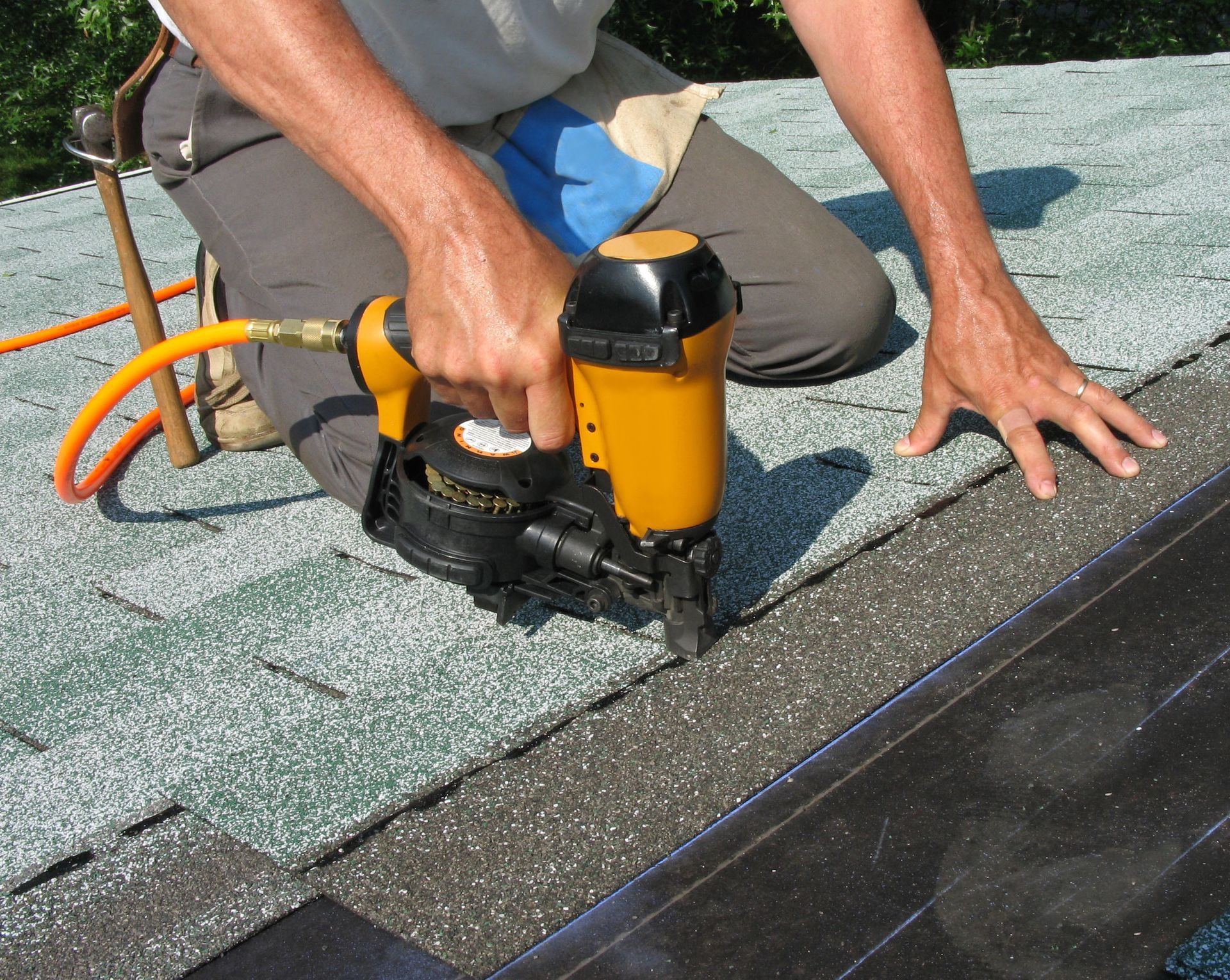

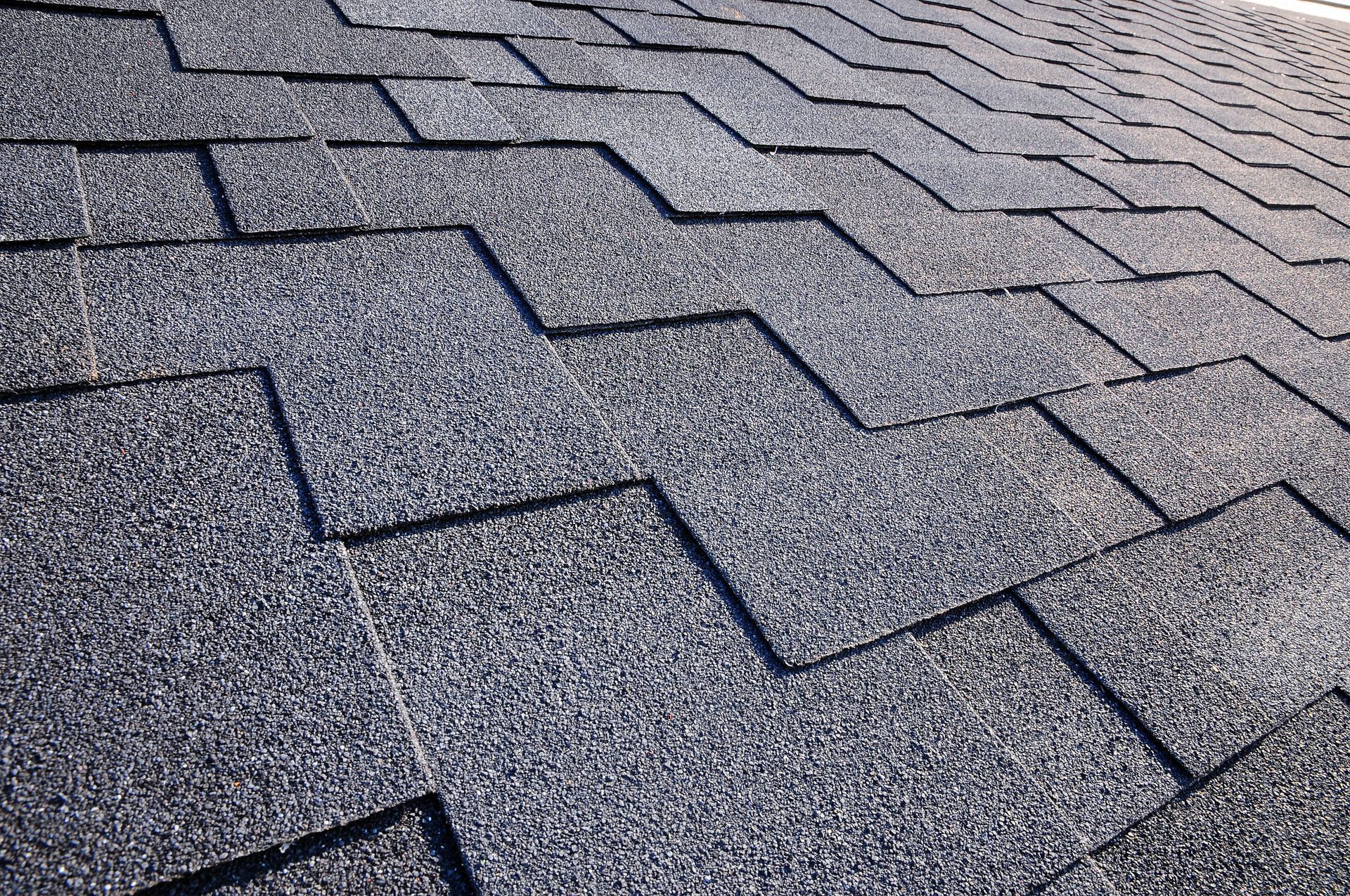
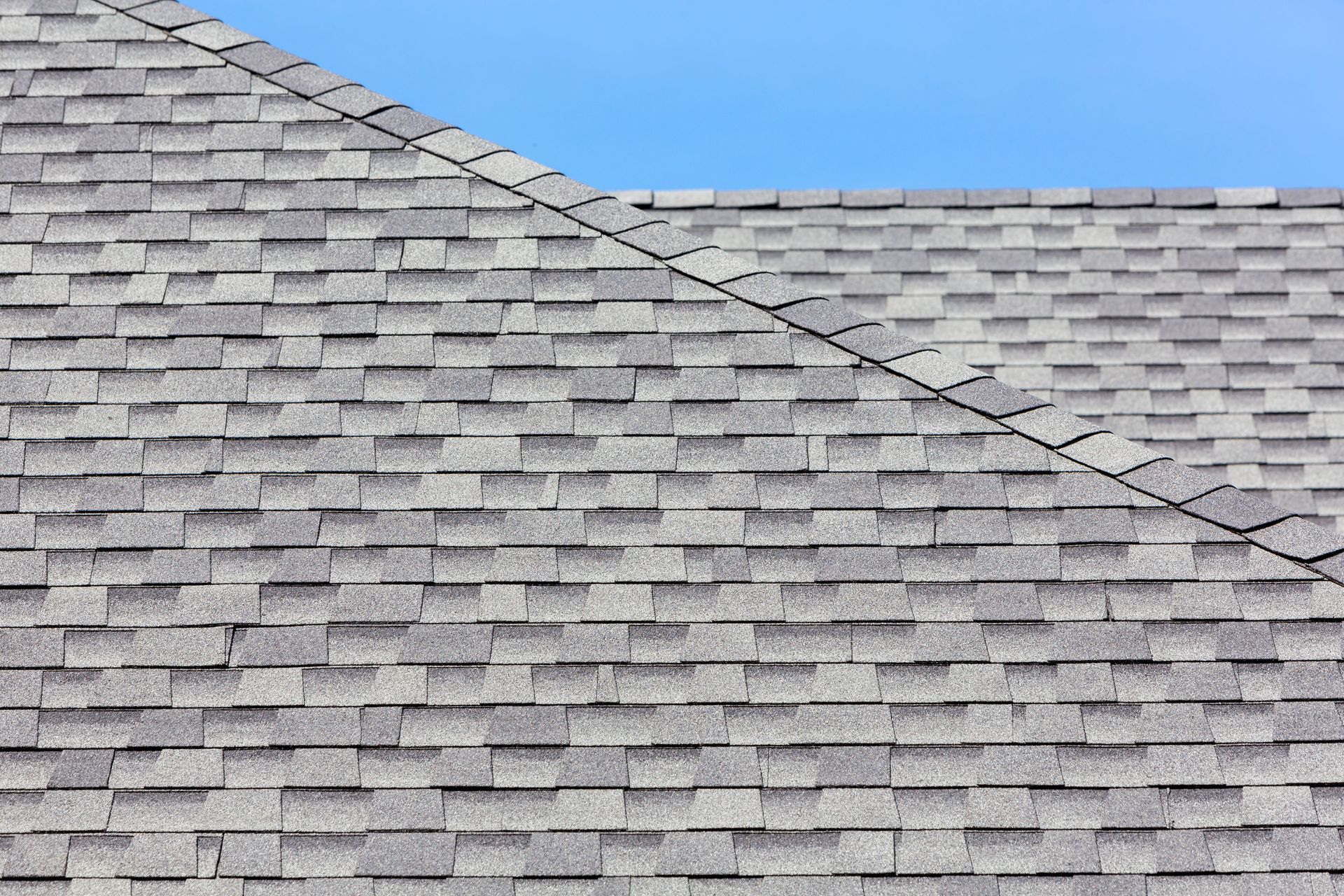
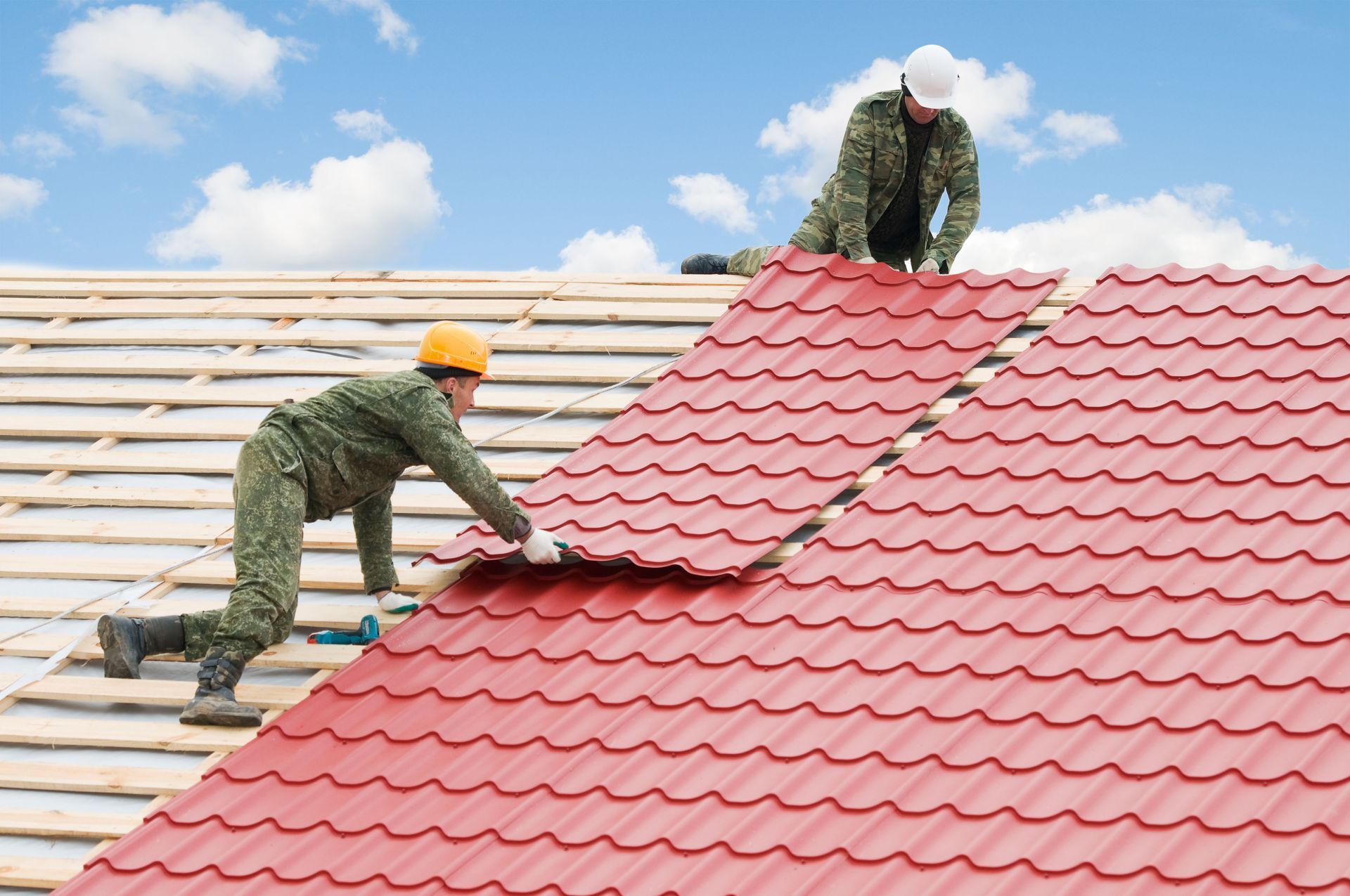
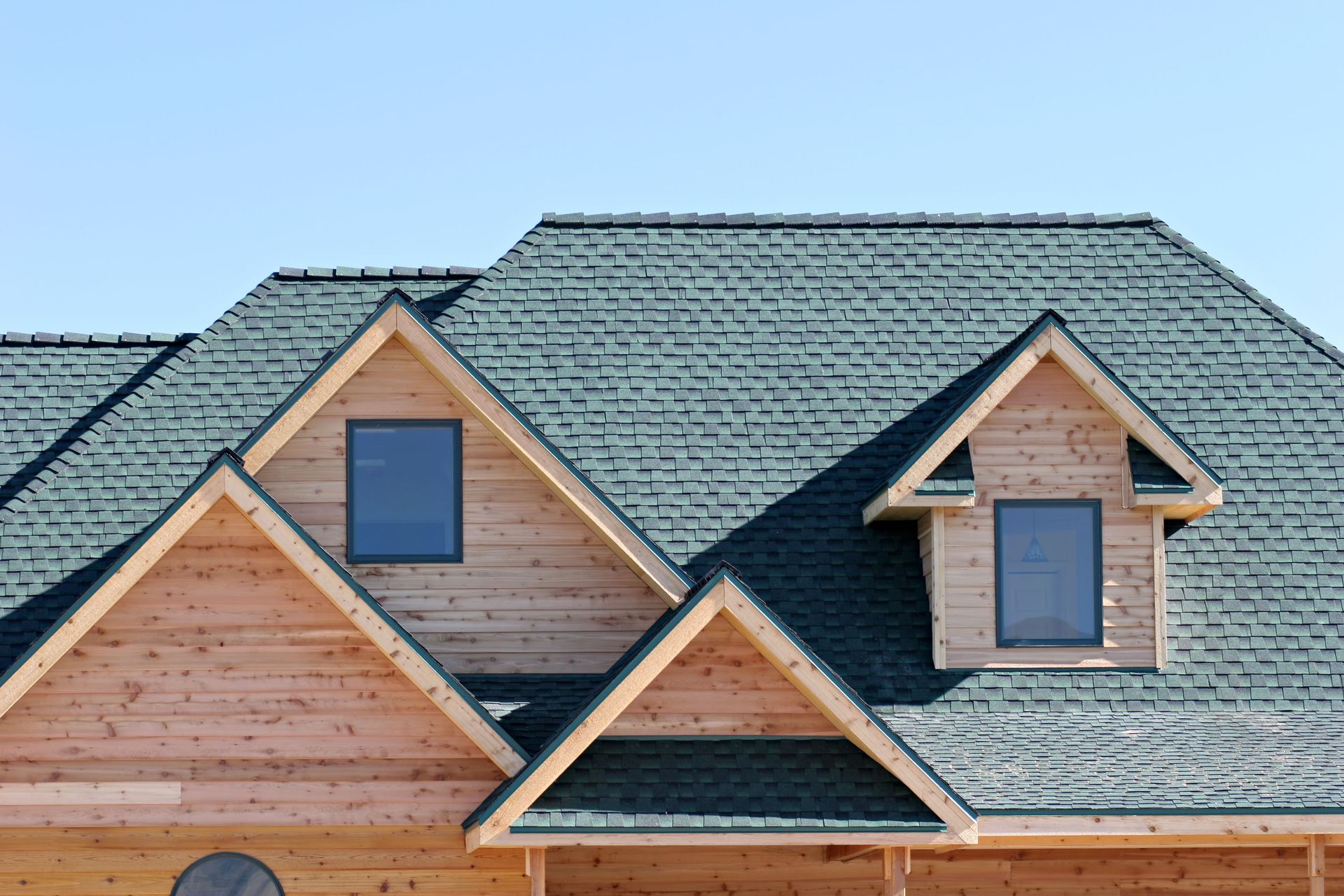
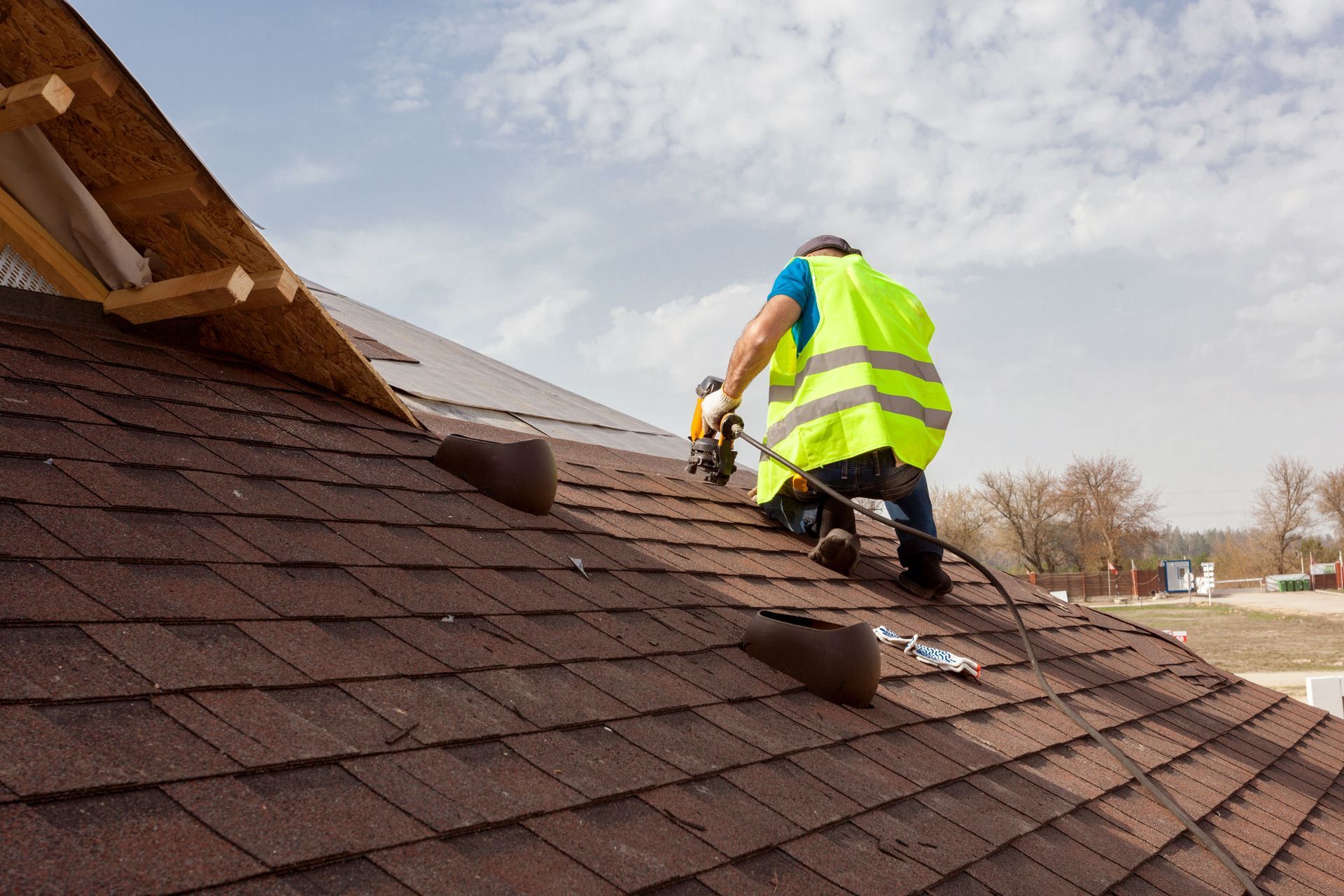

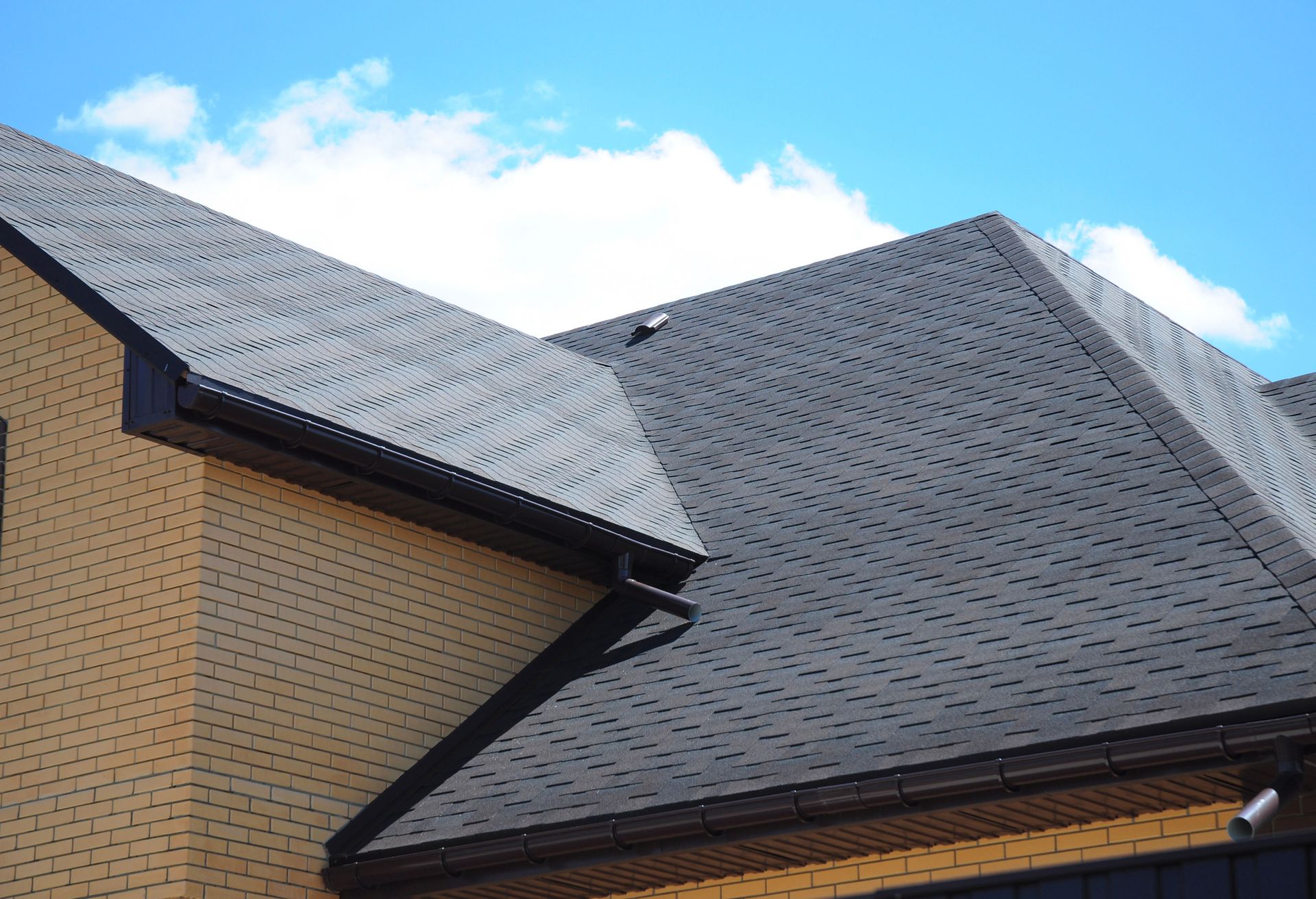
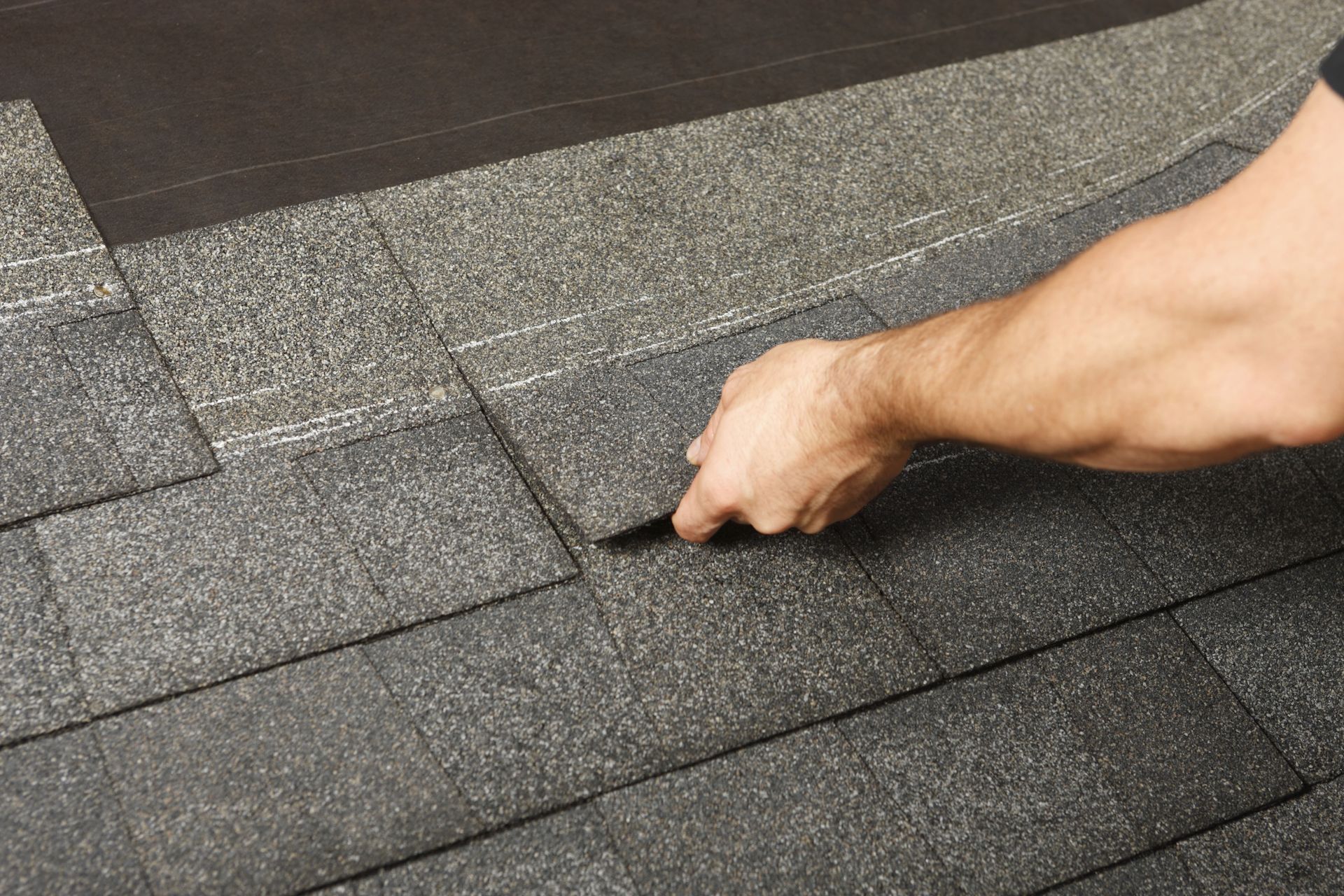
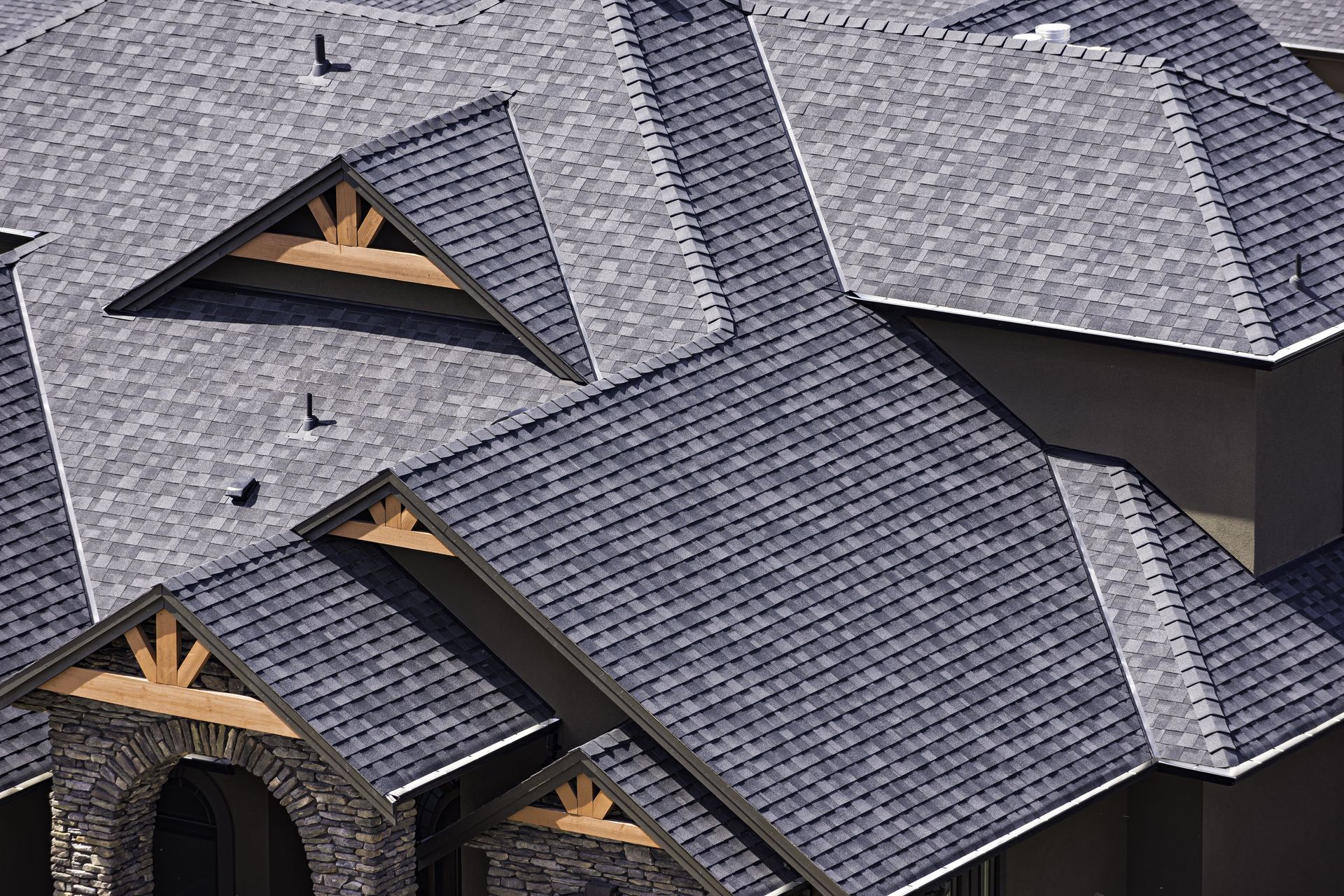
Share On: